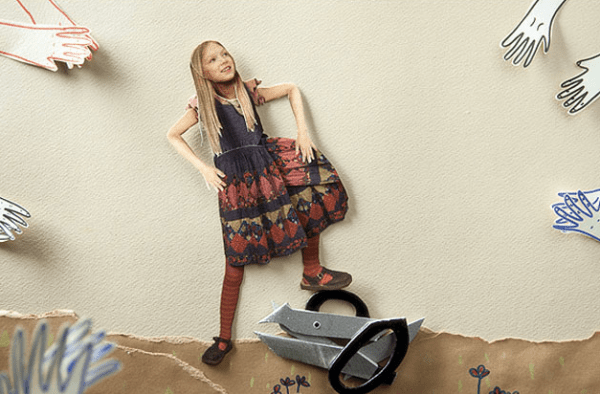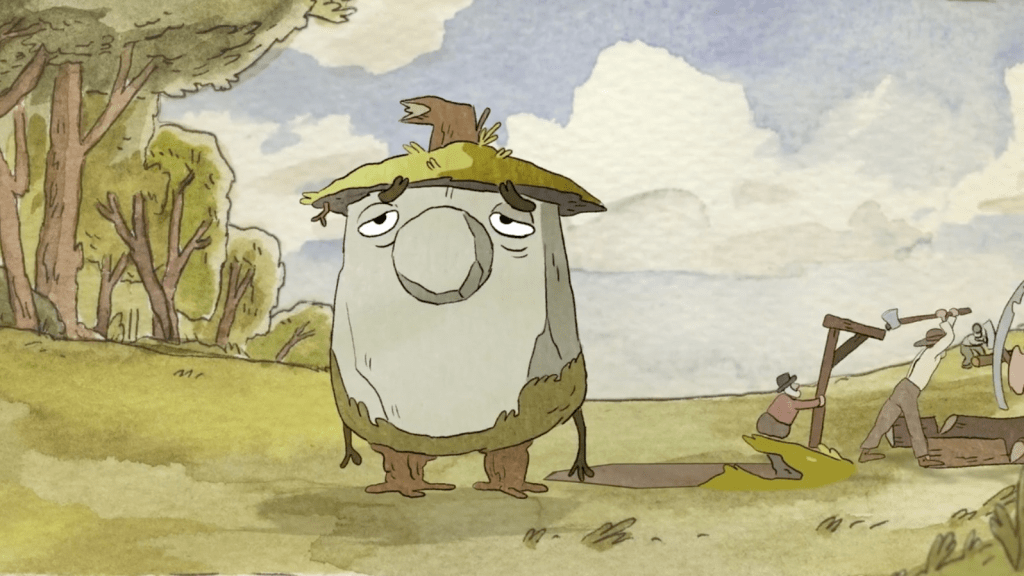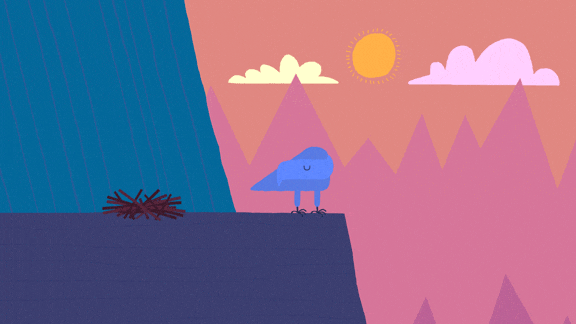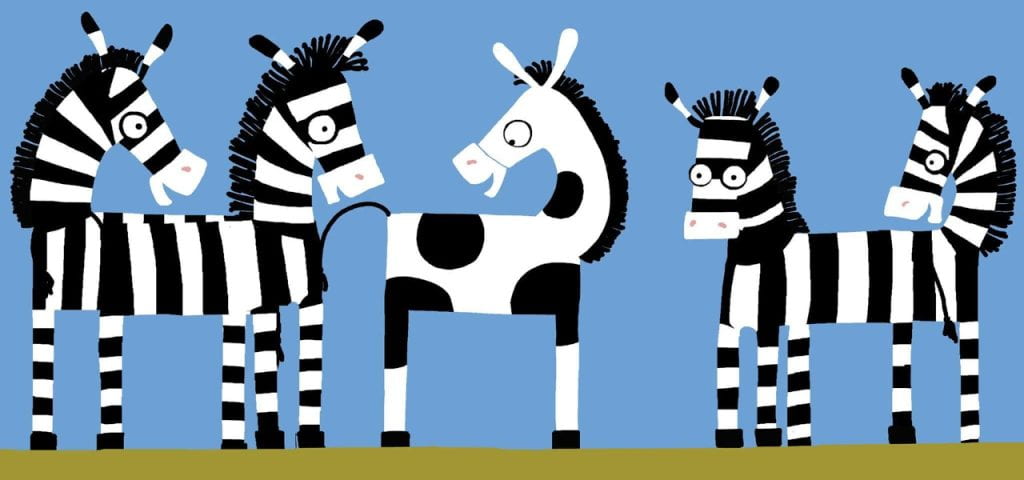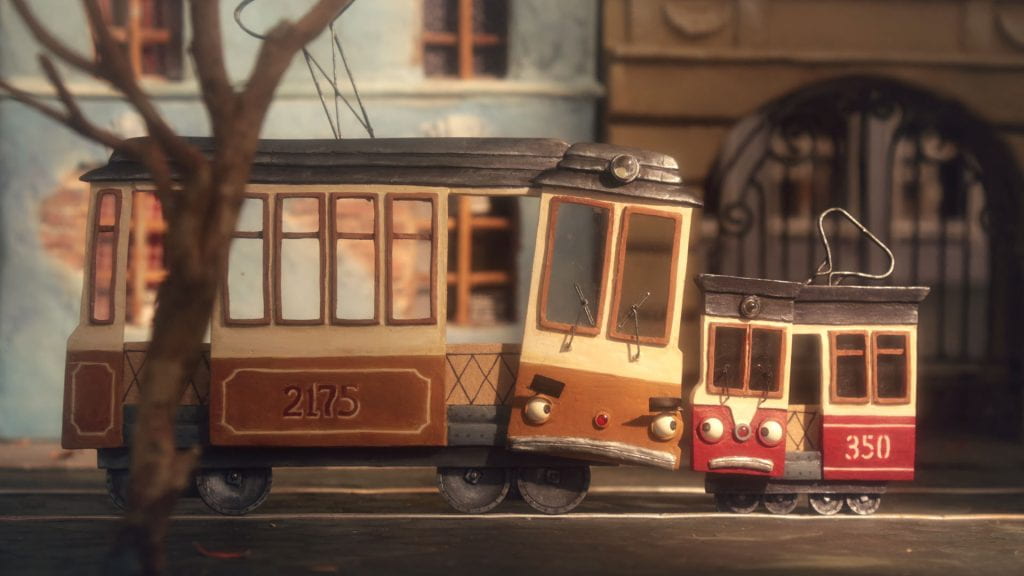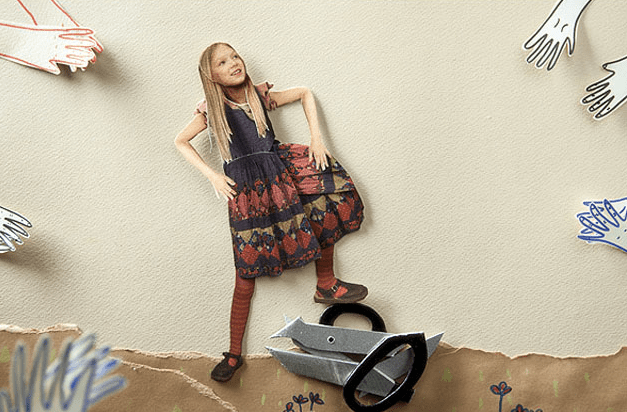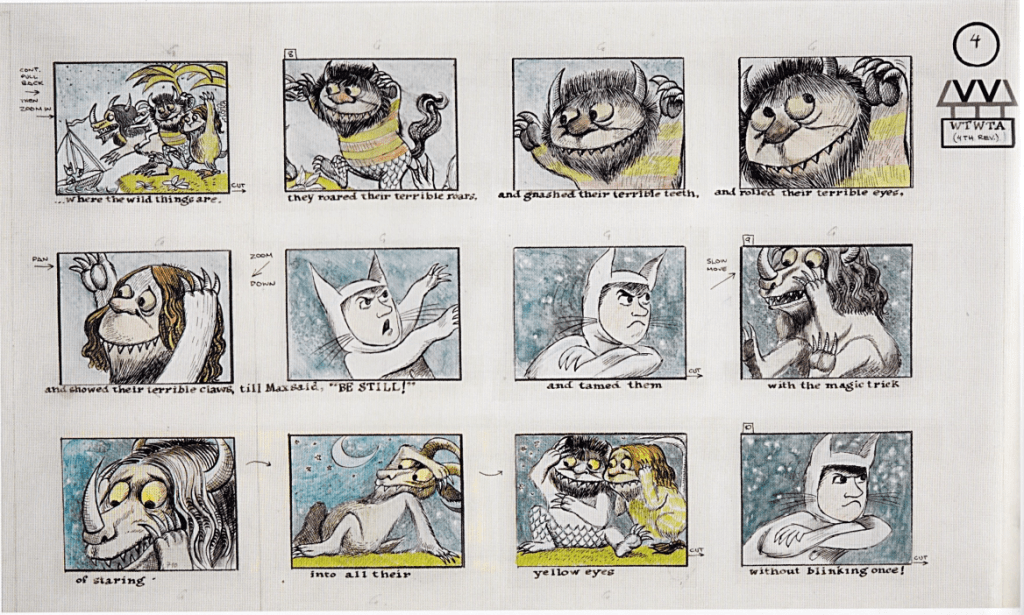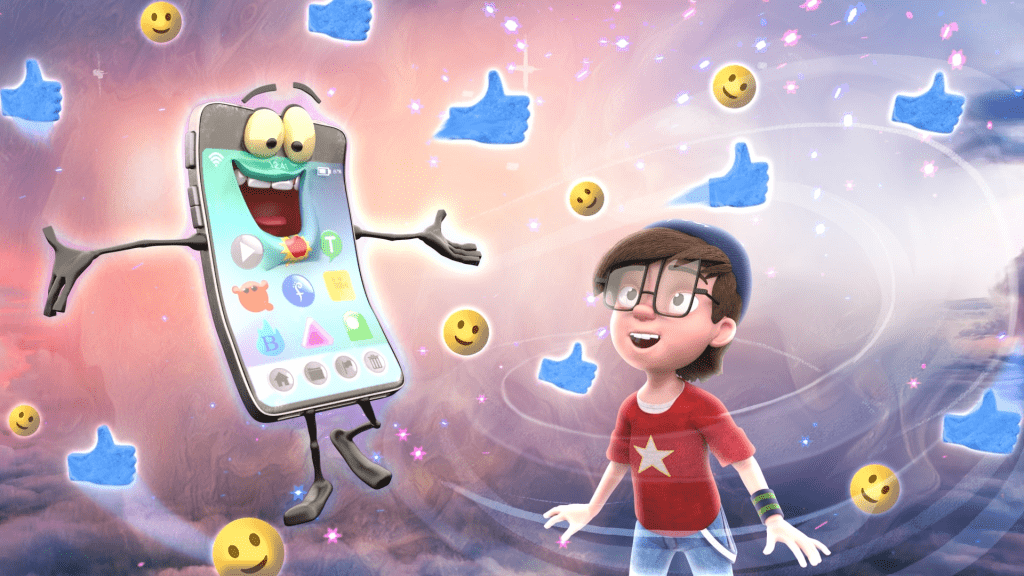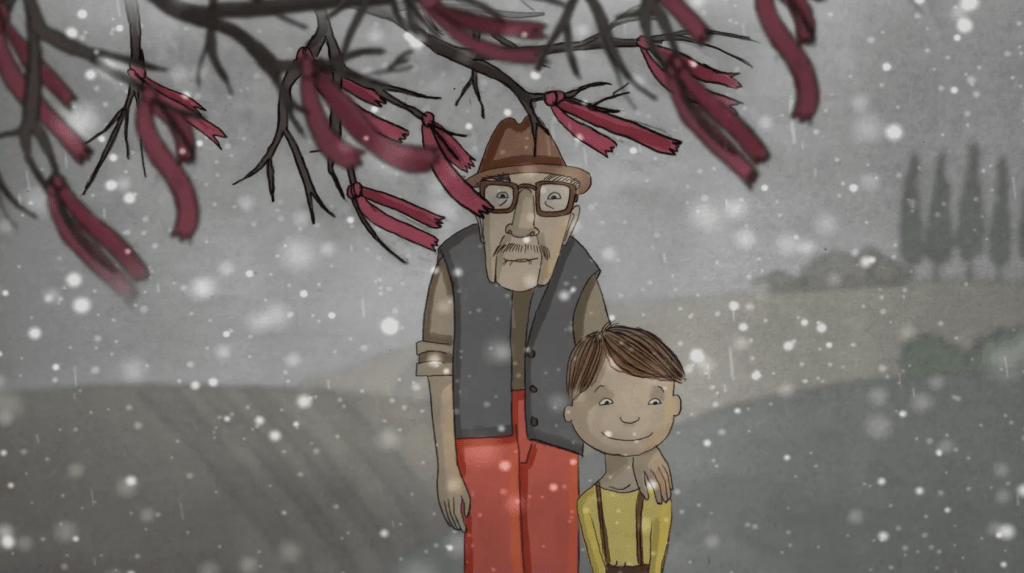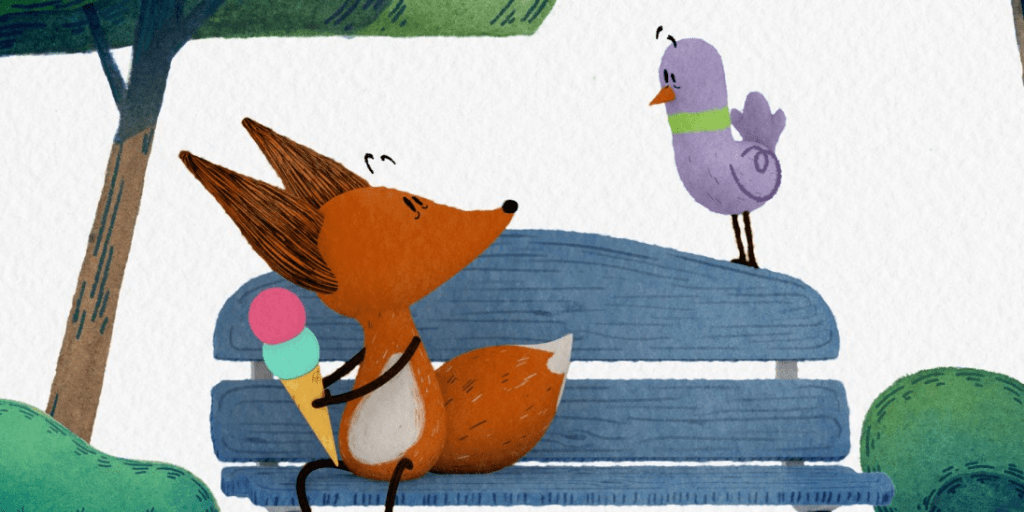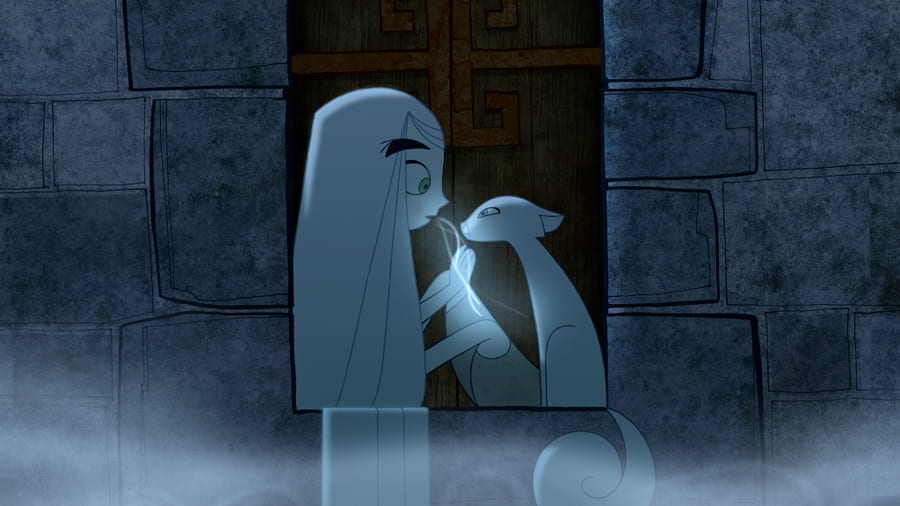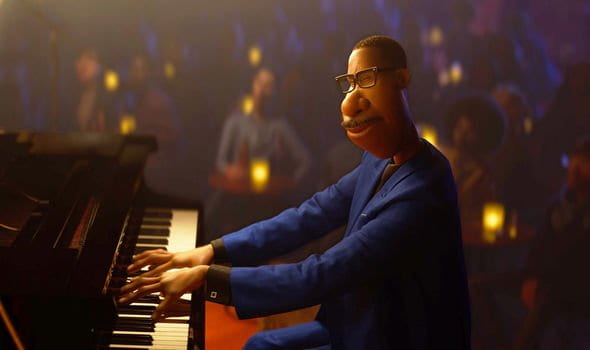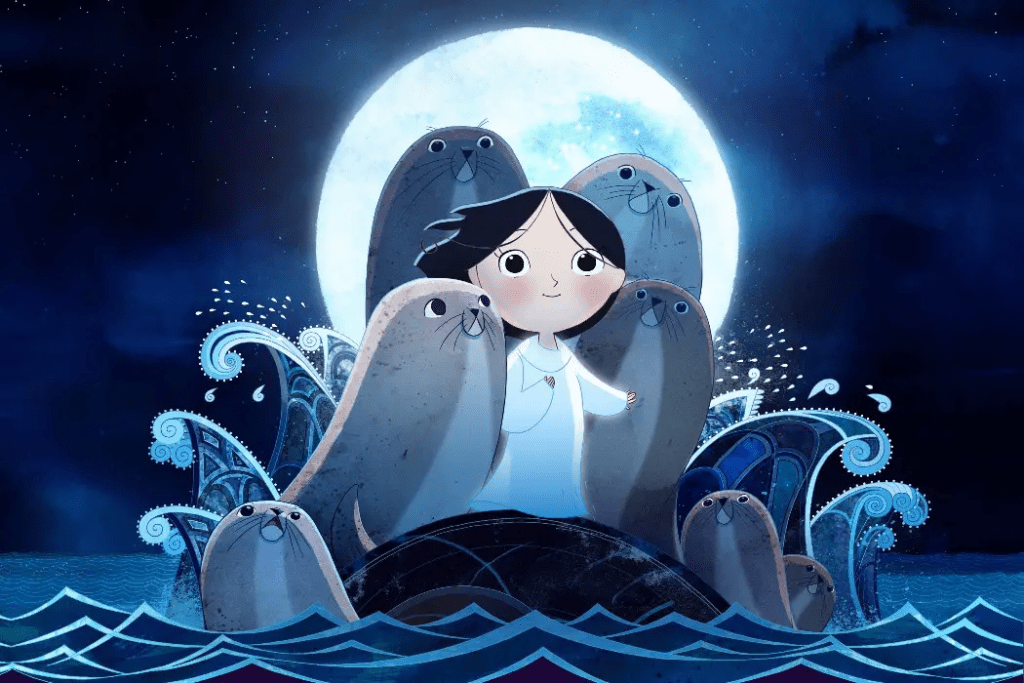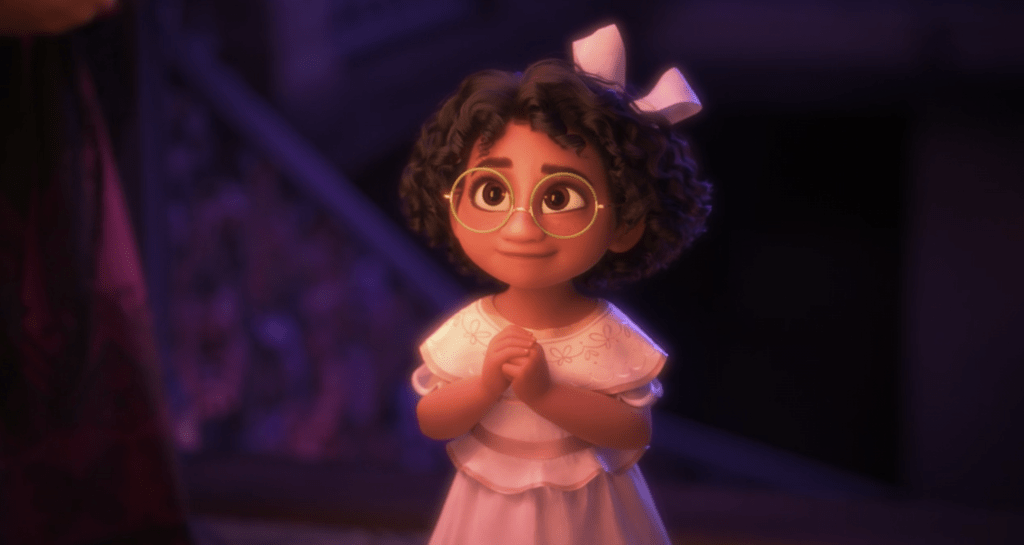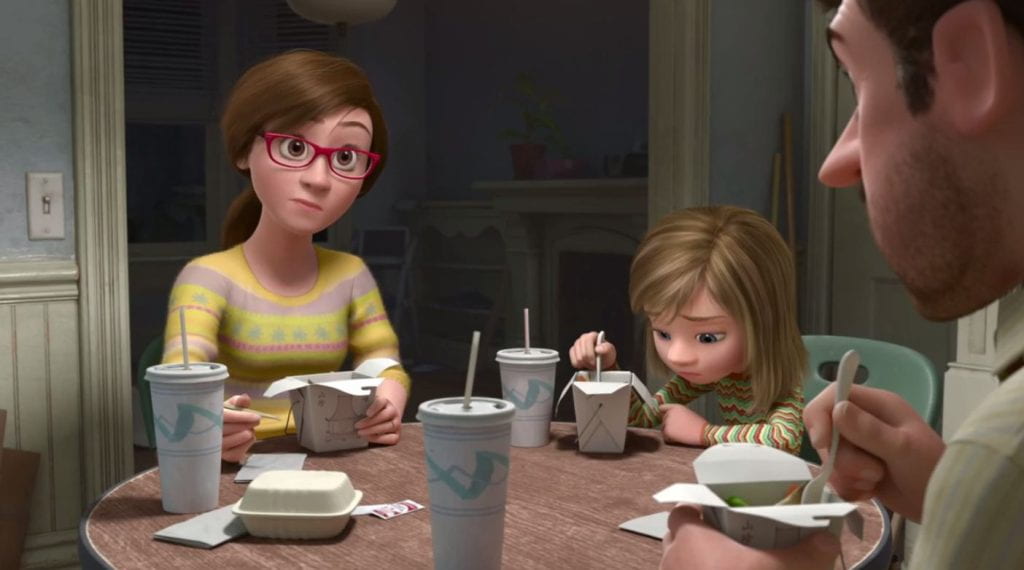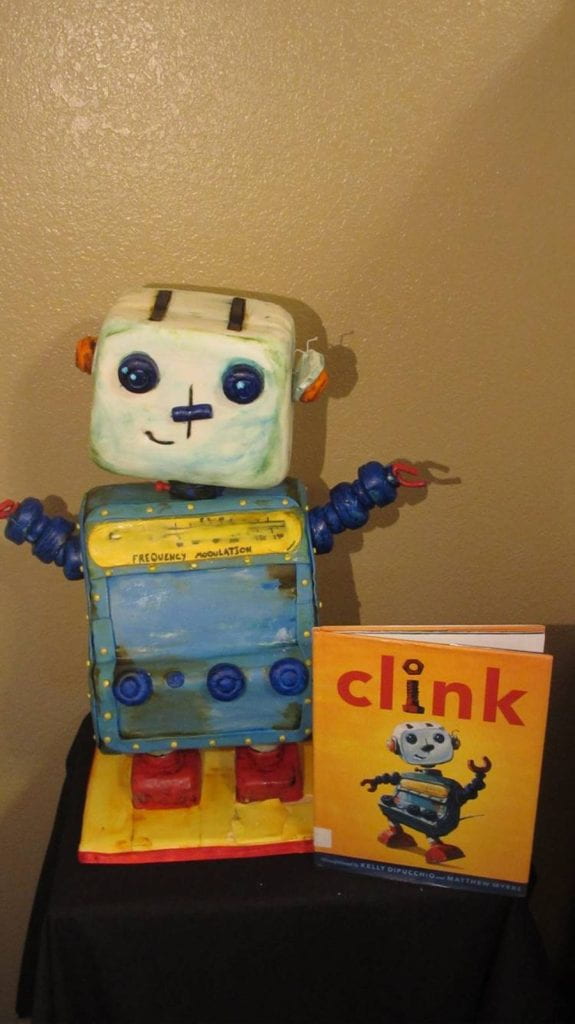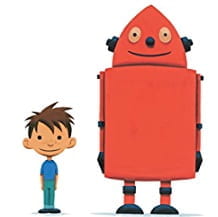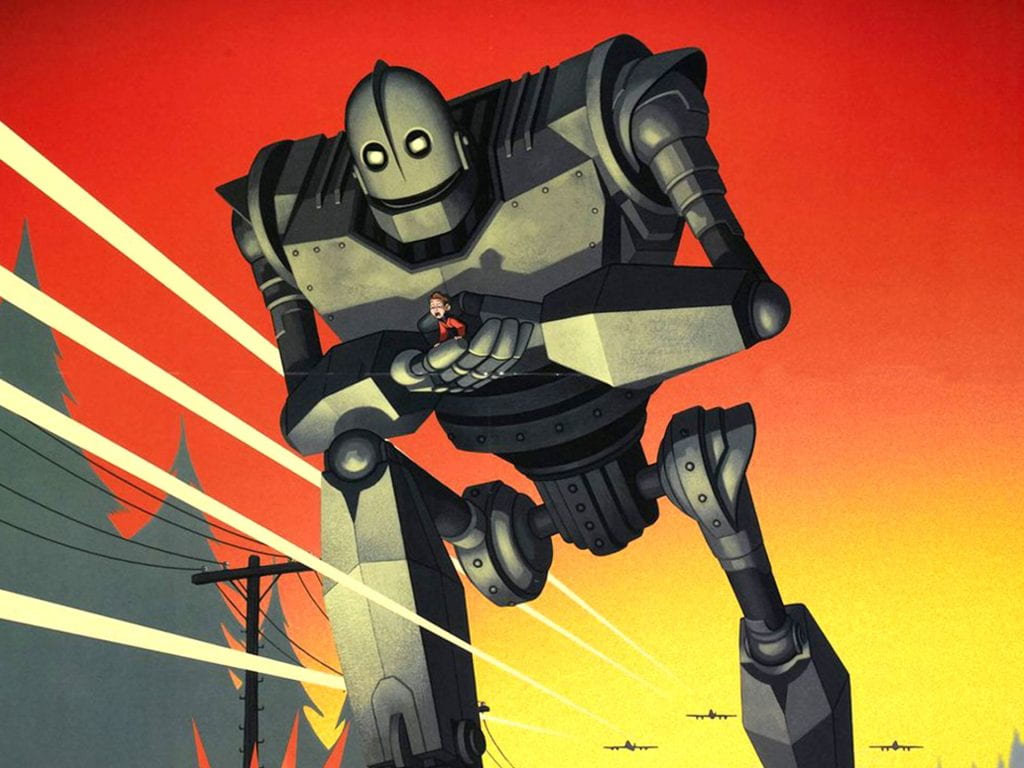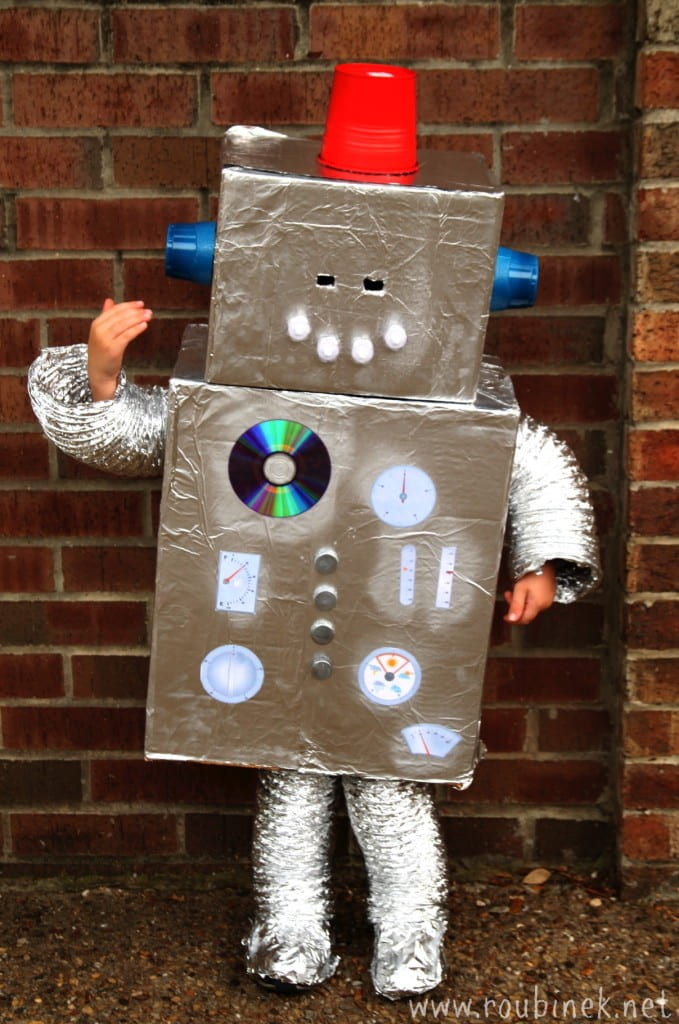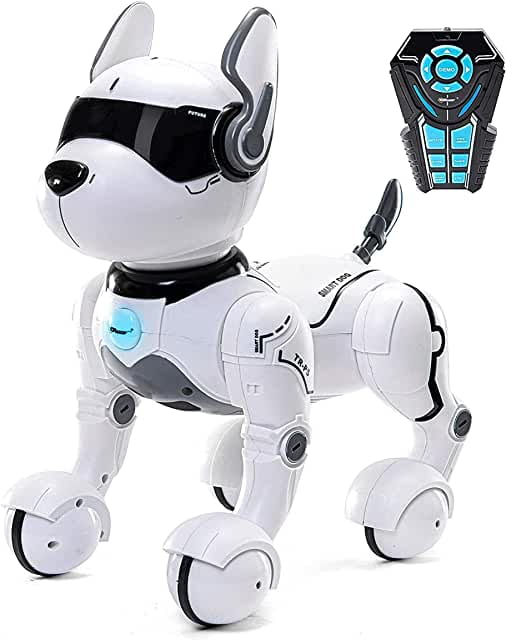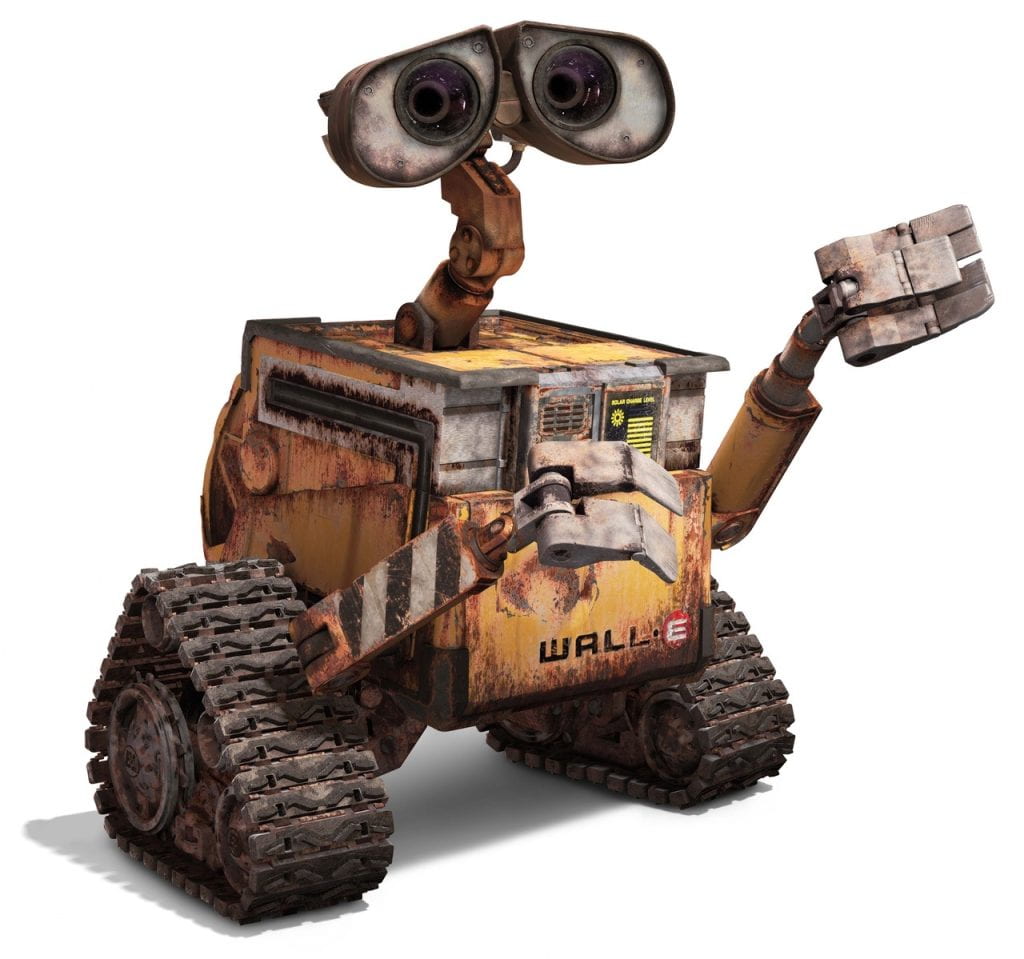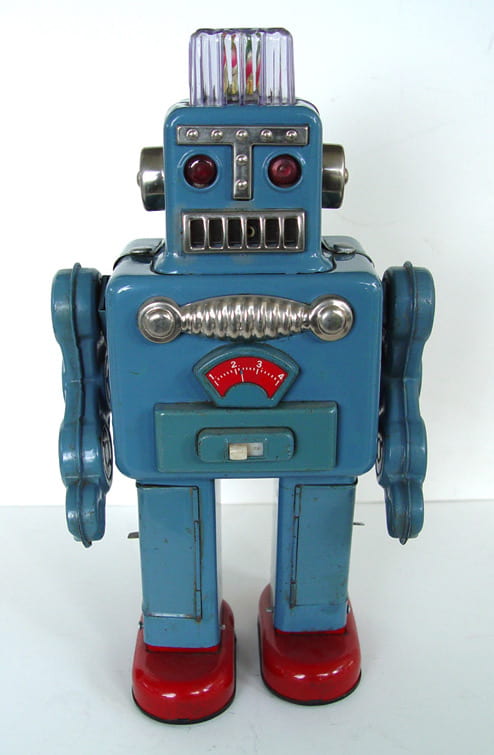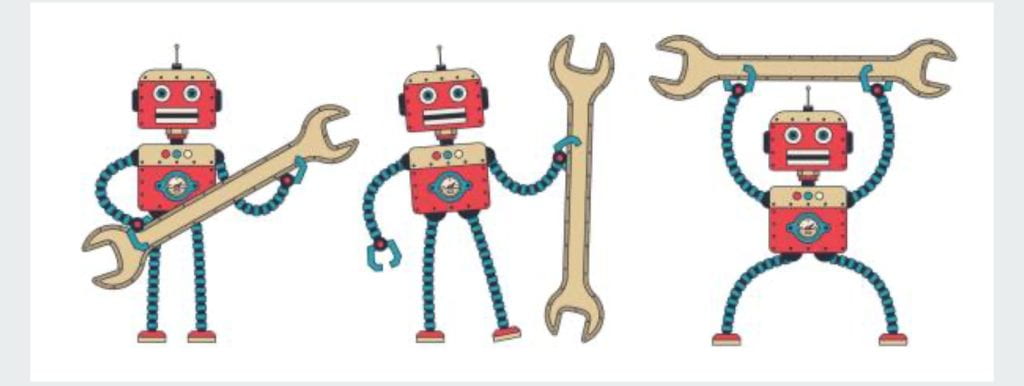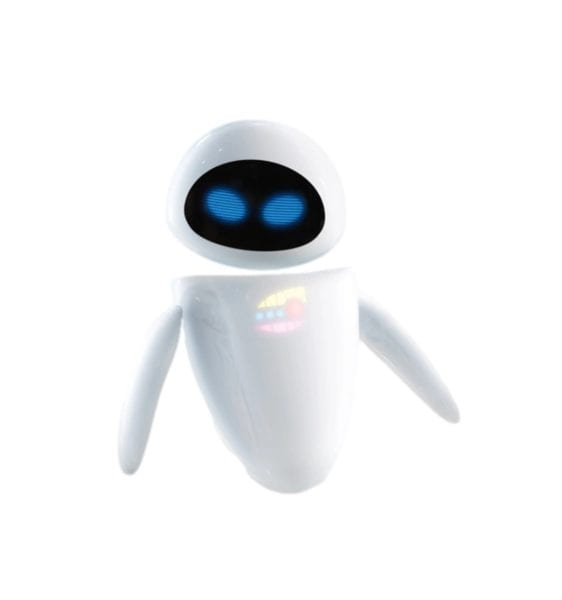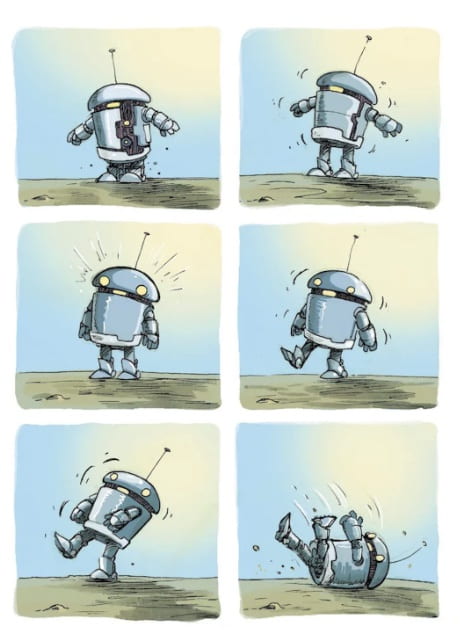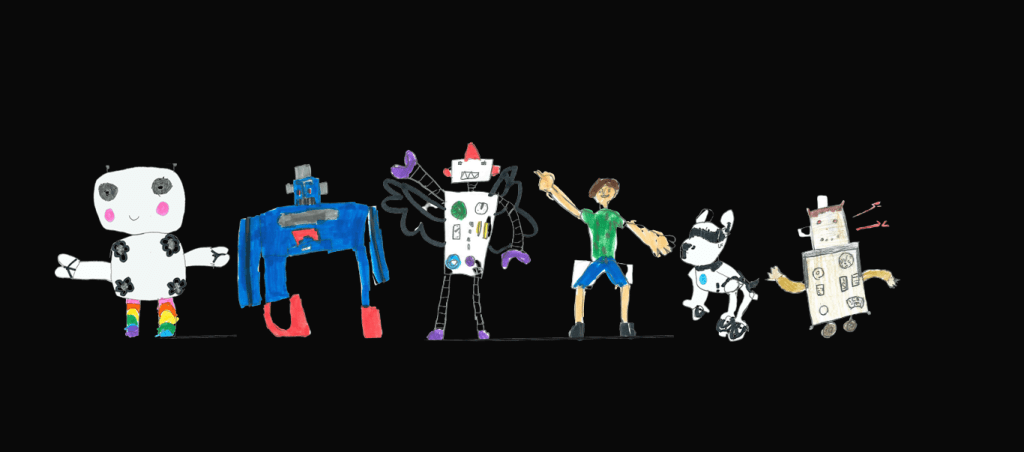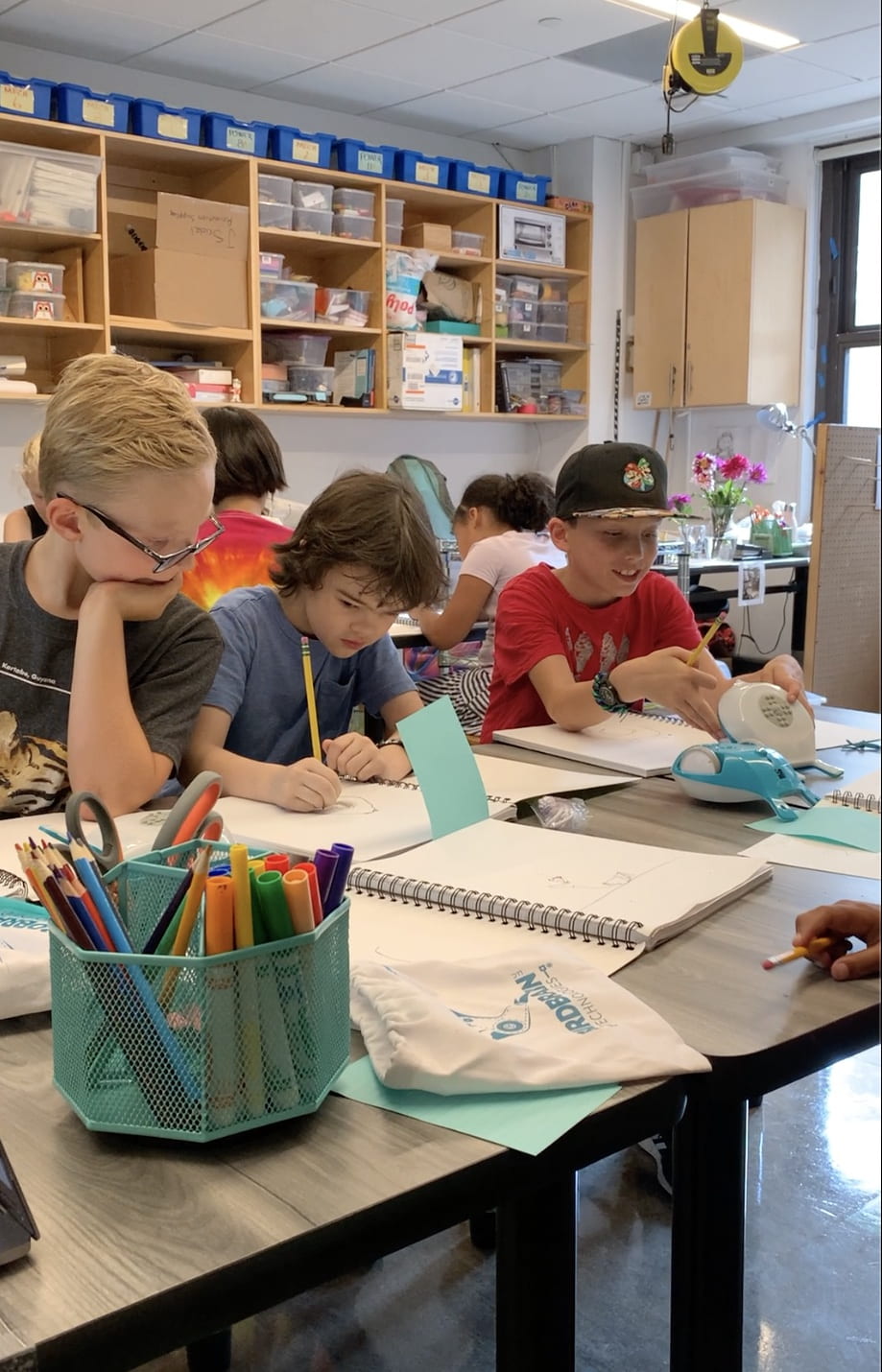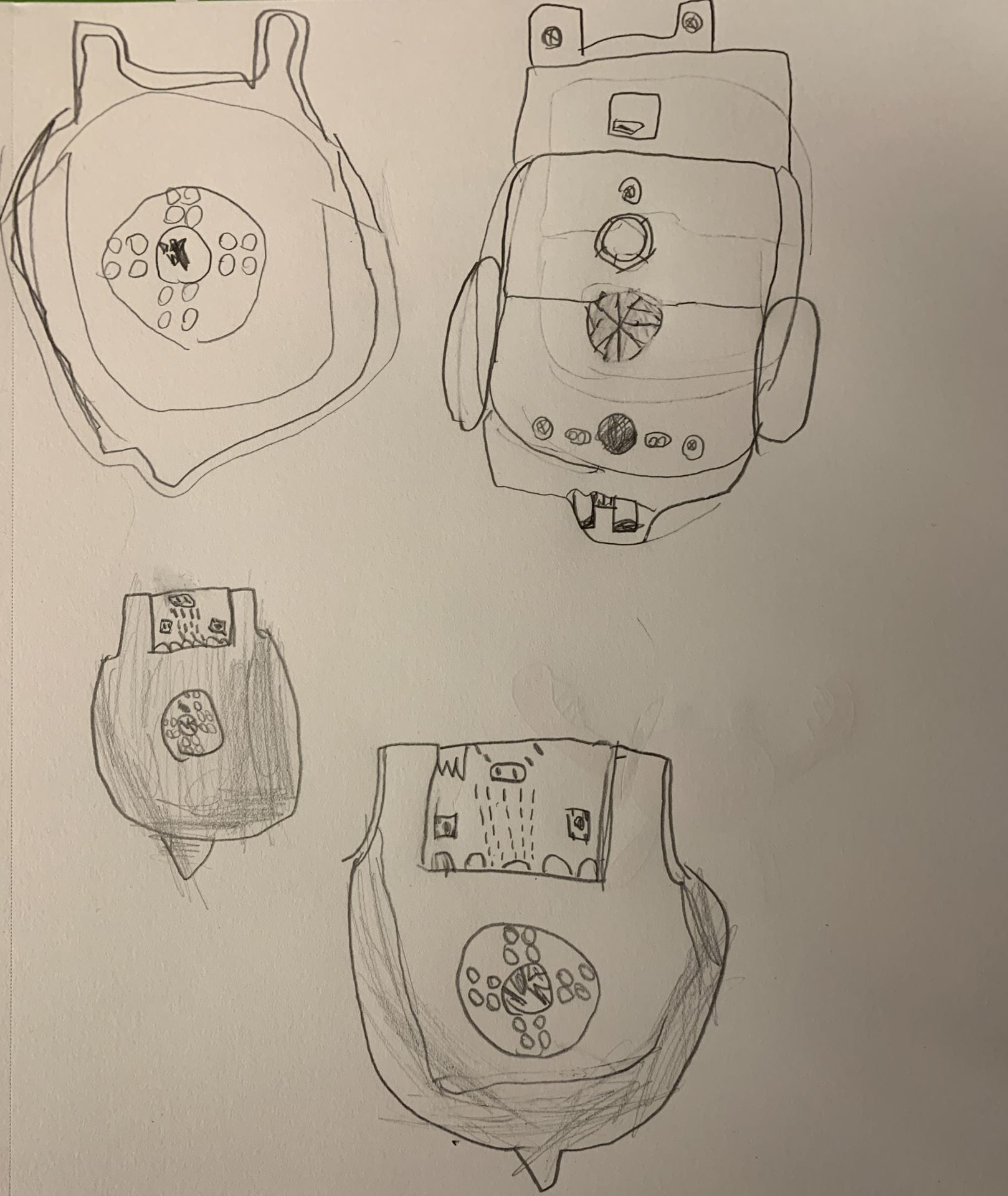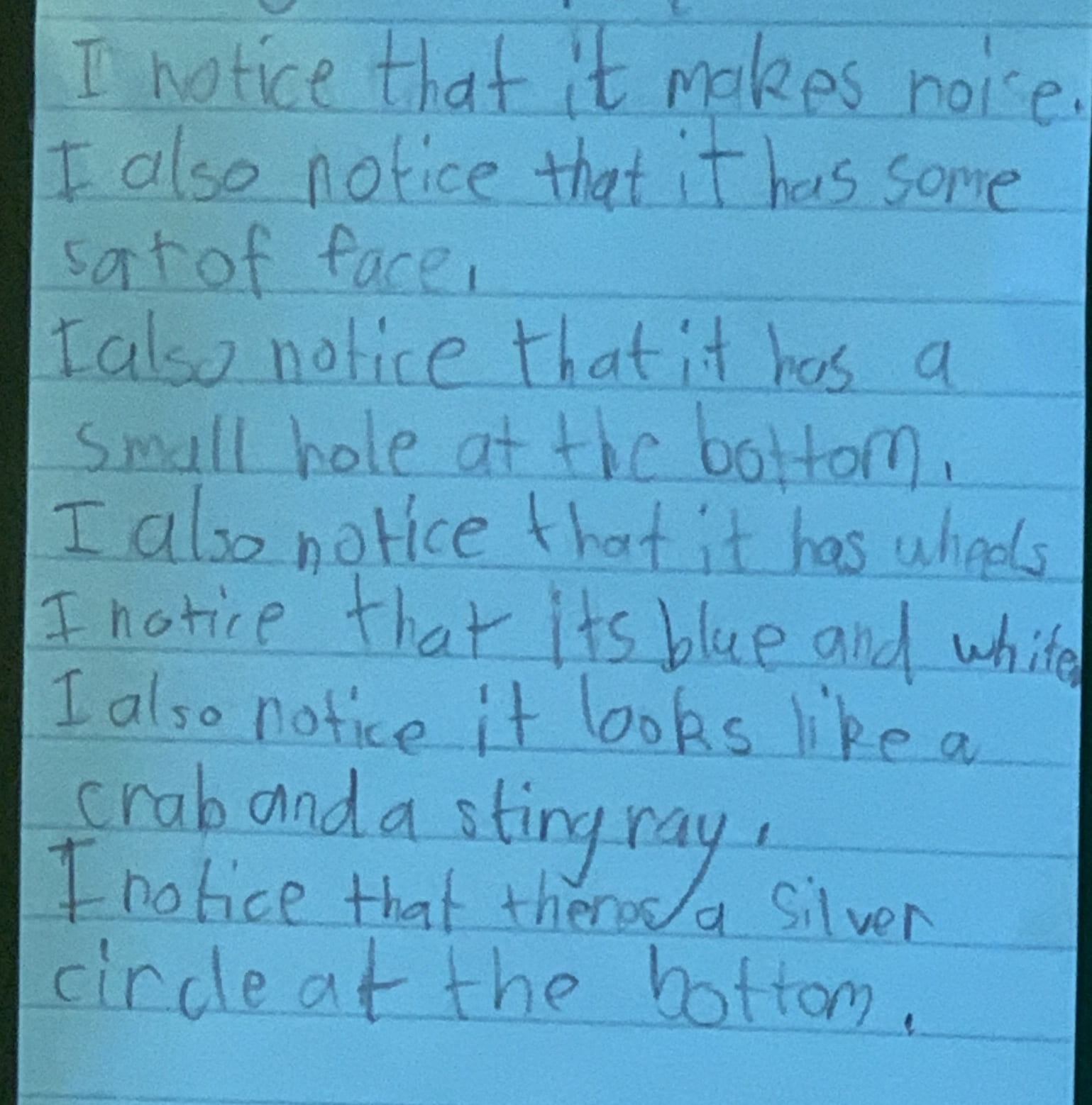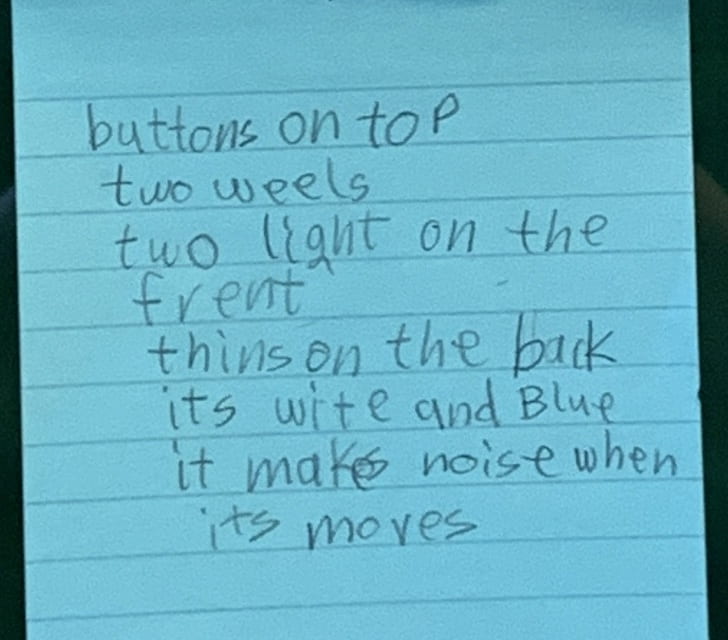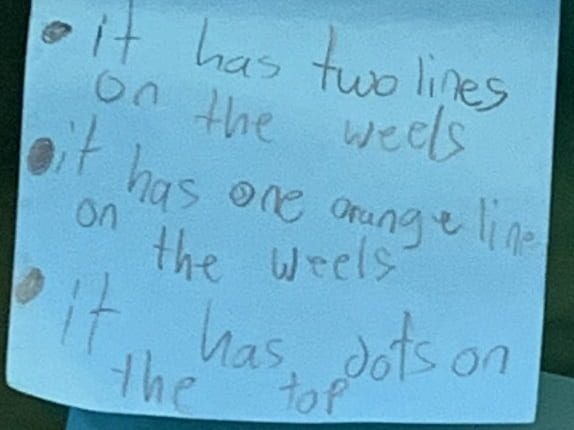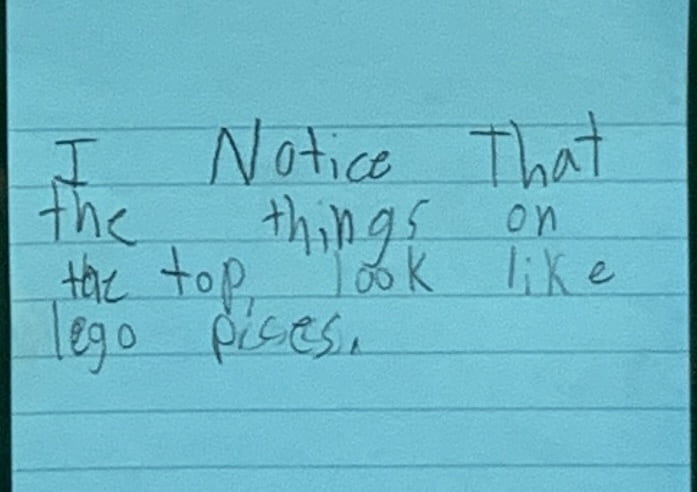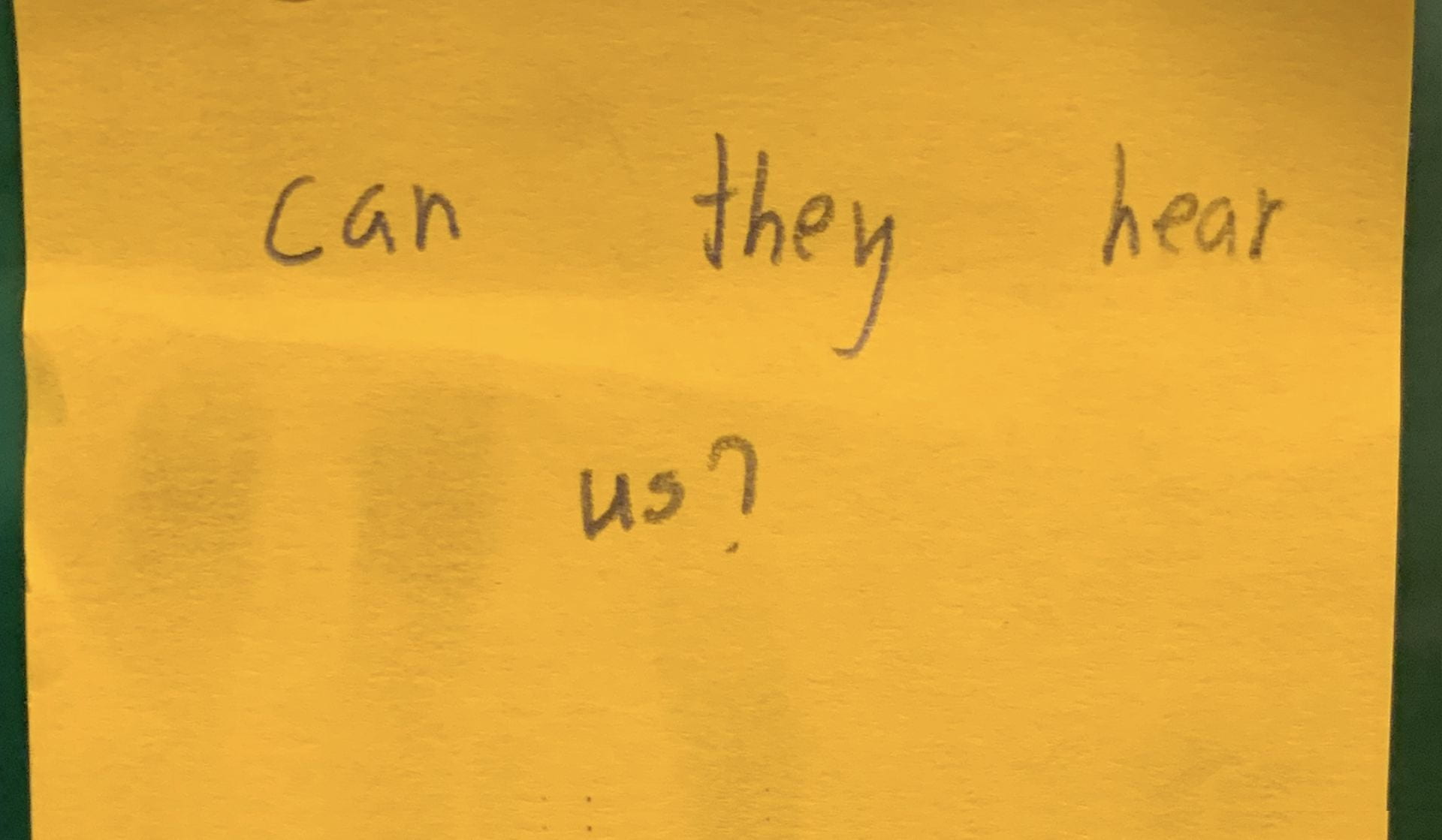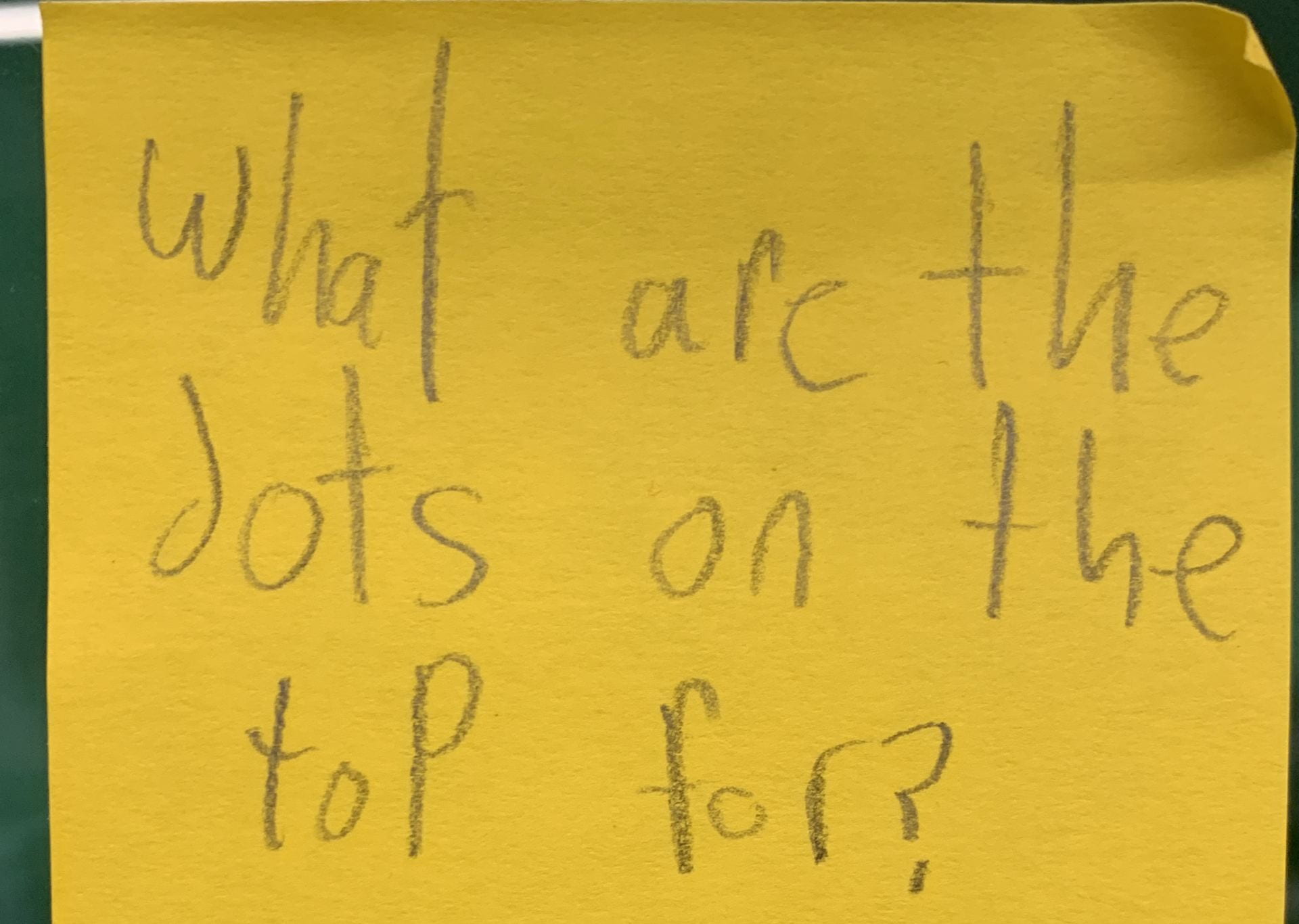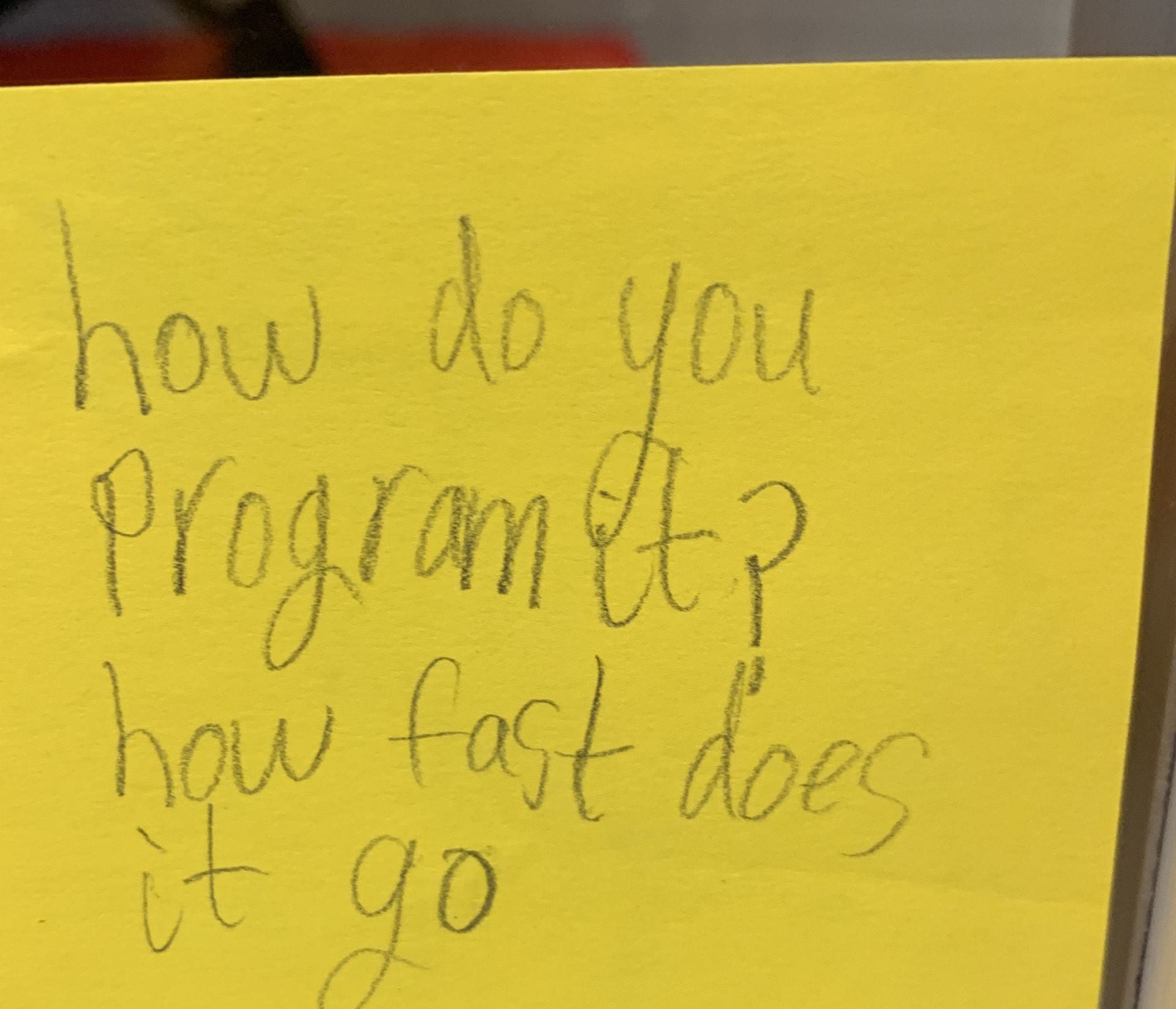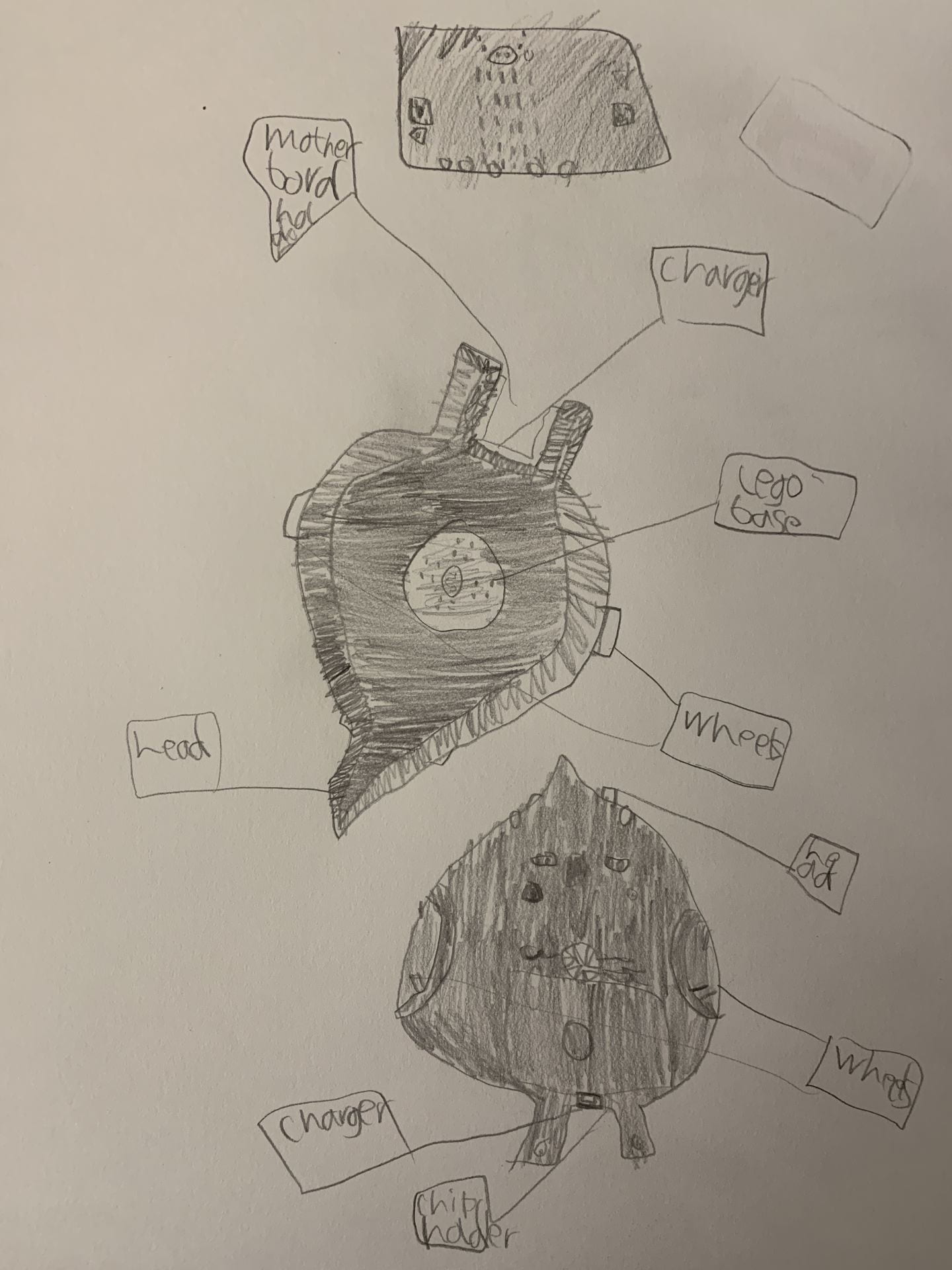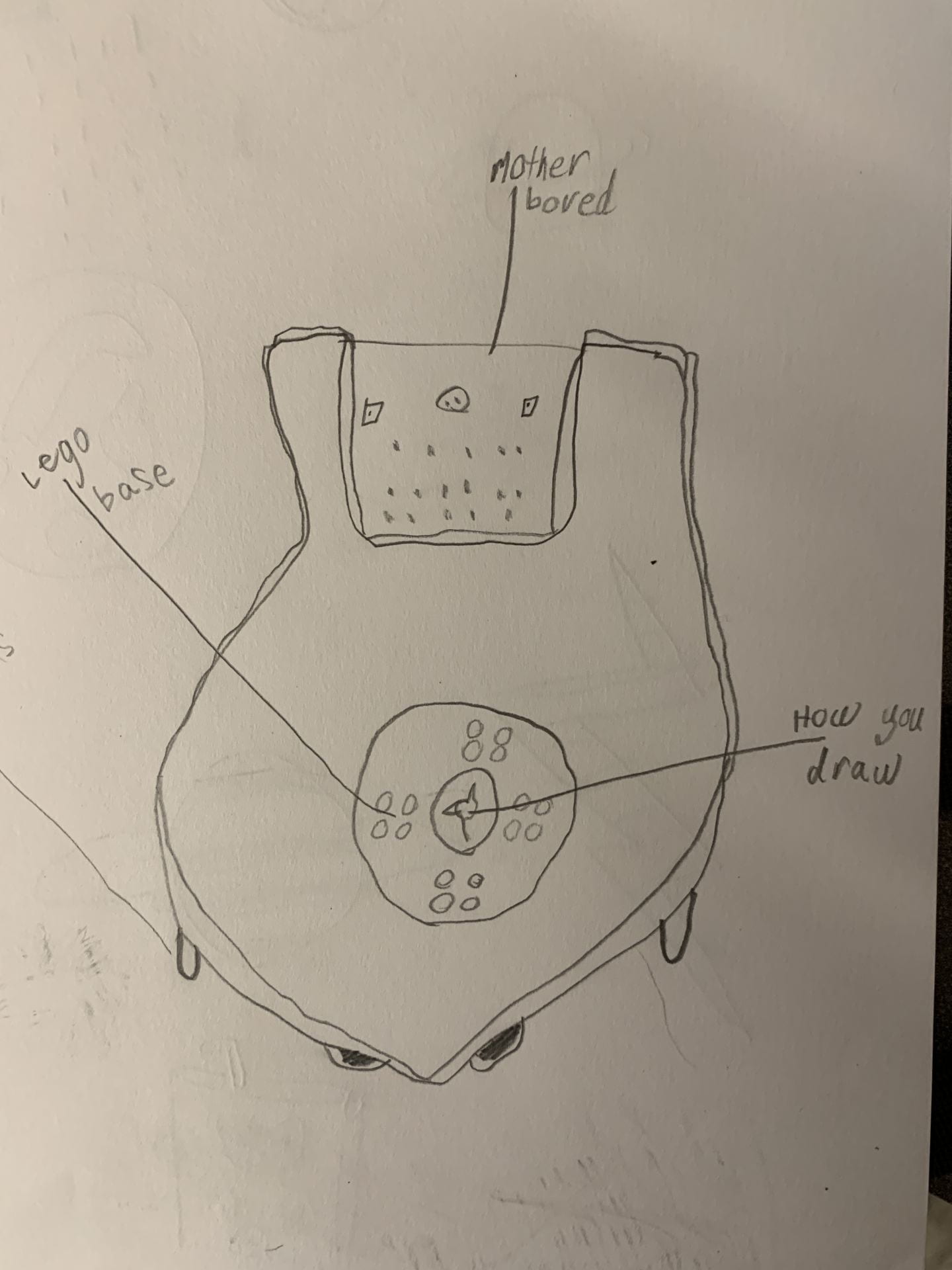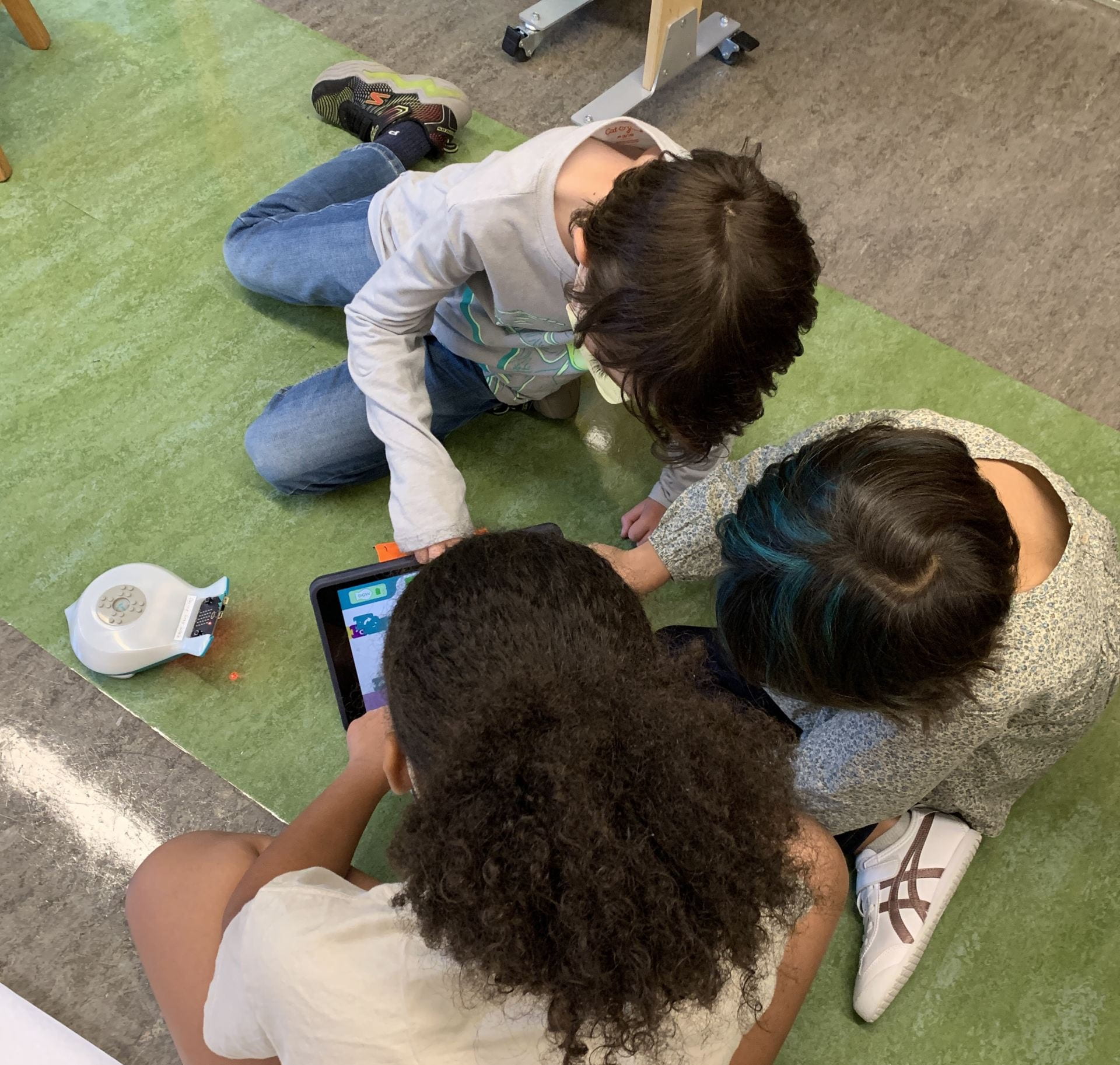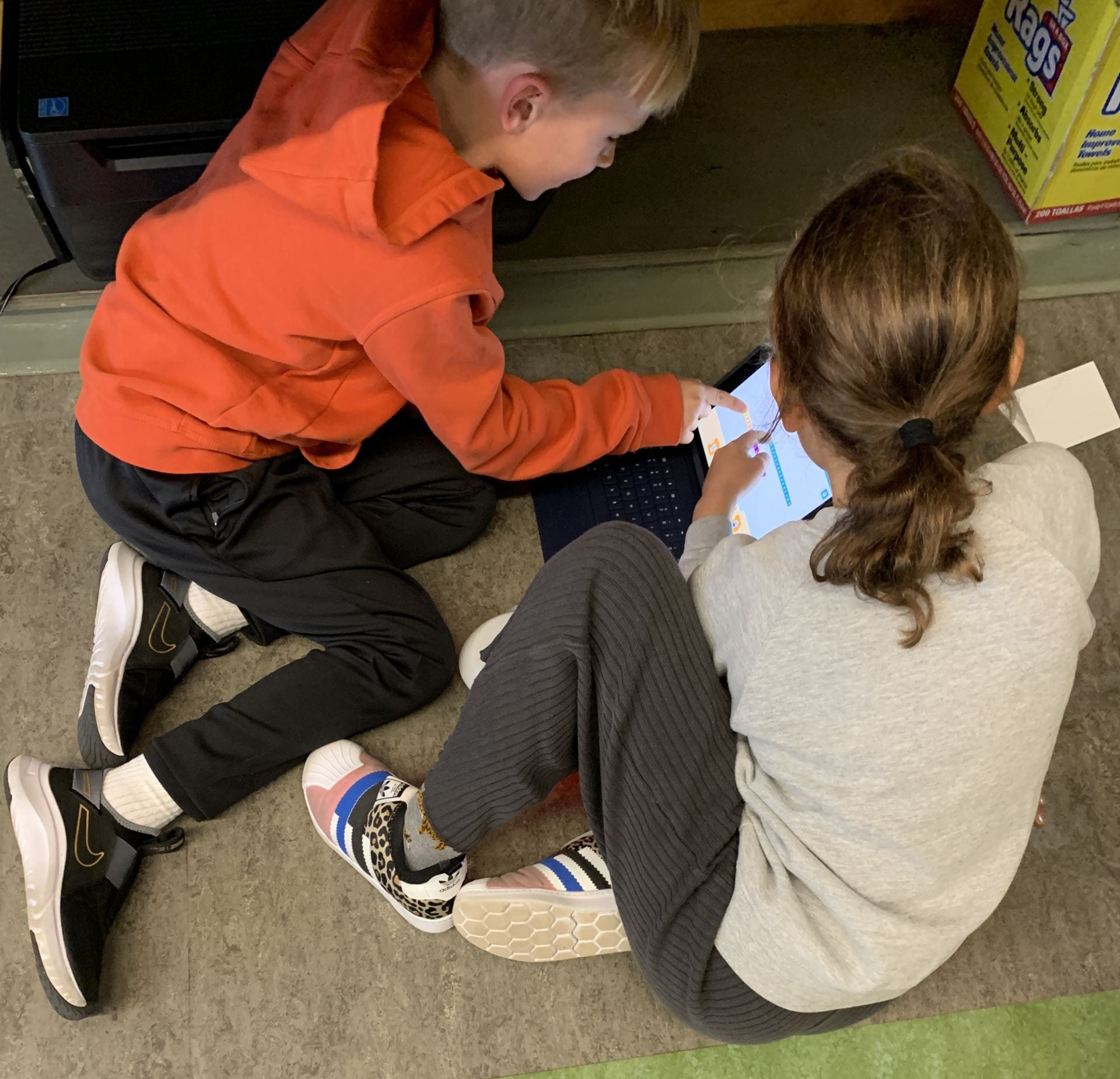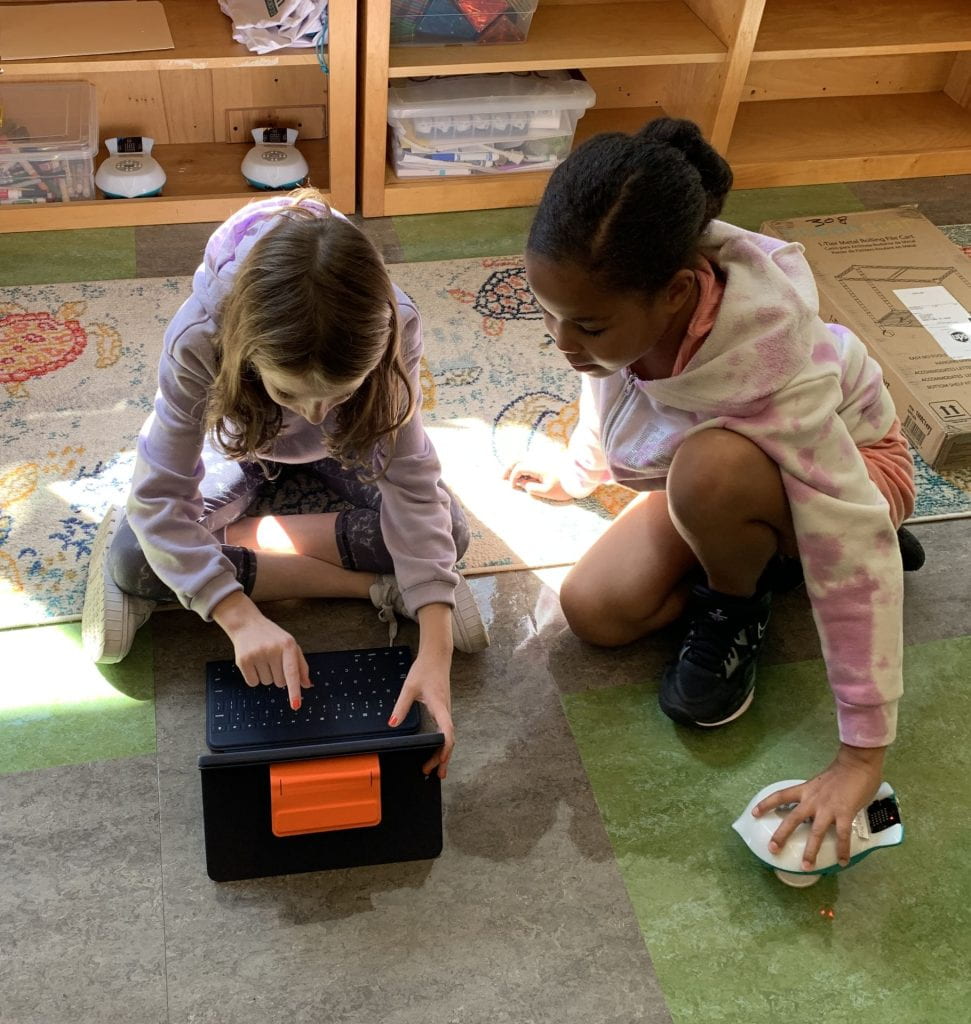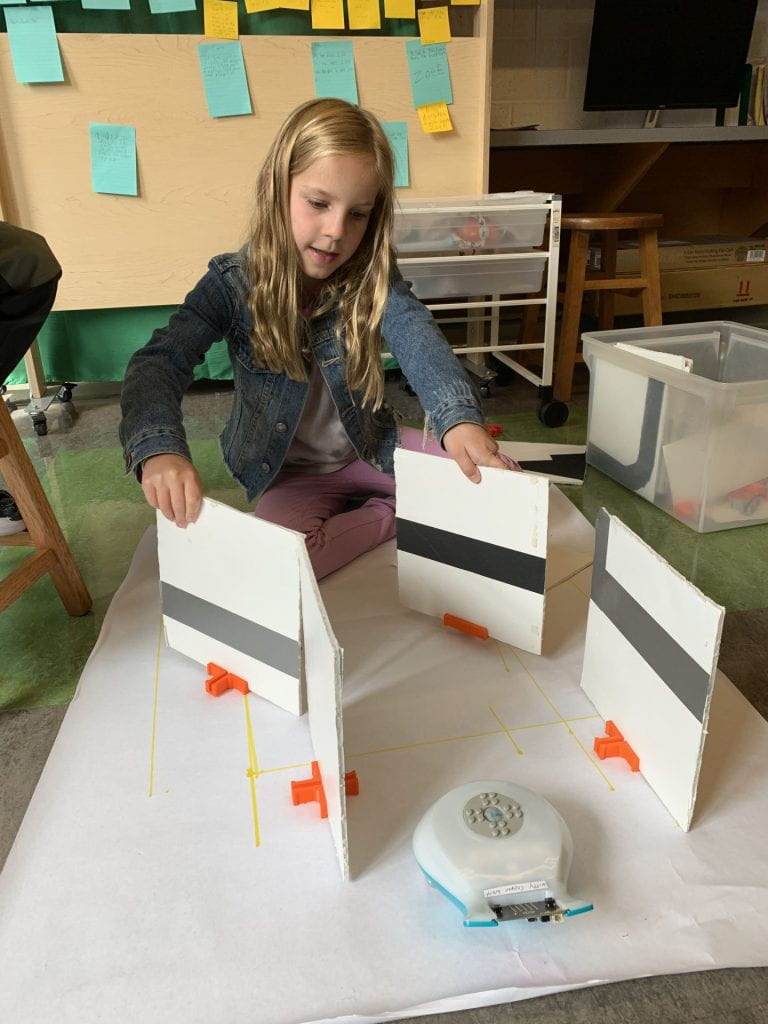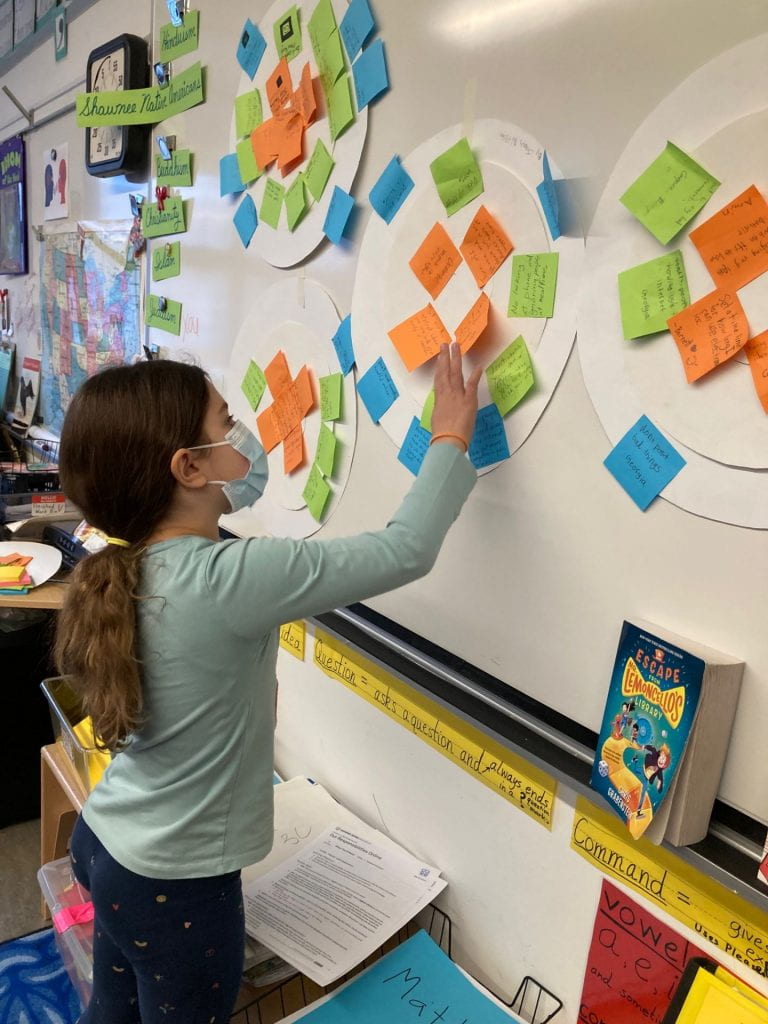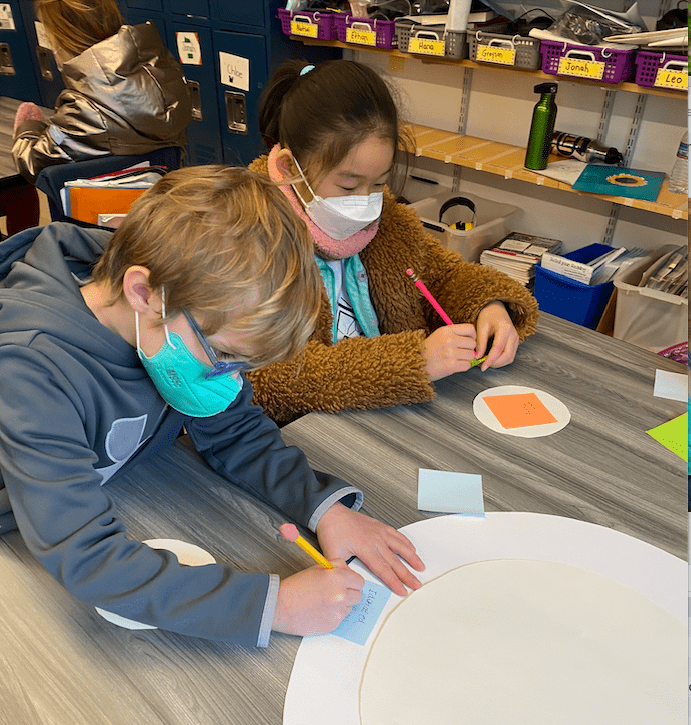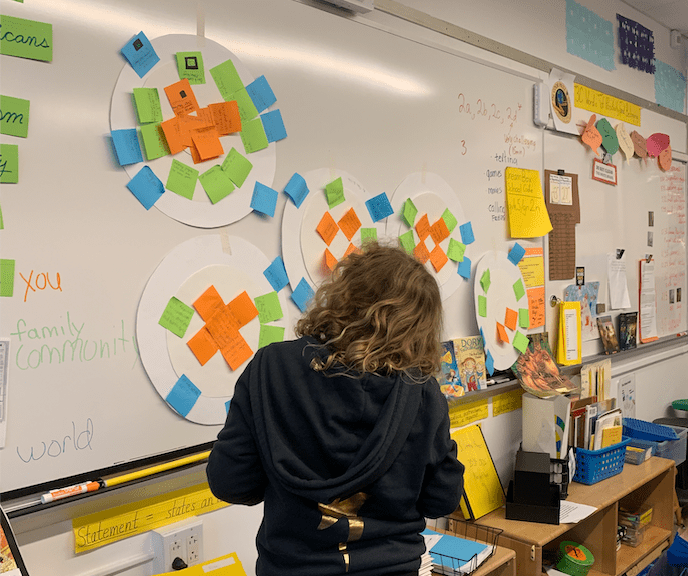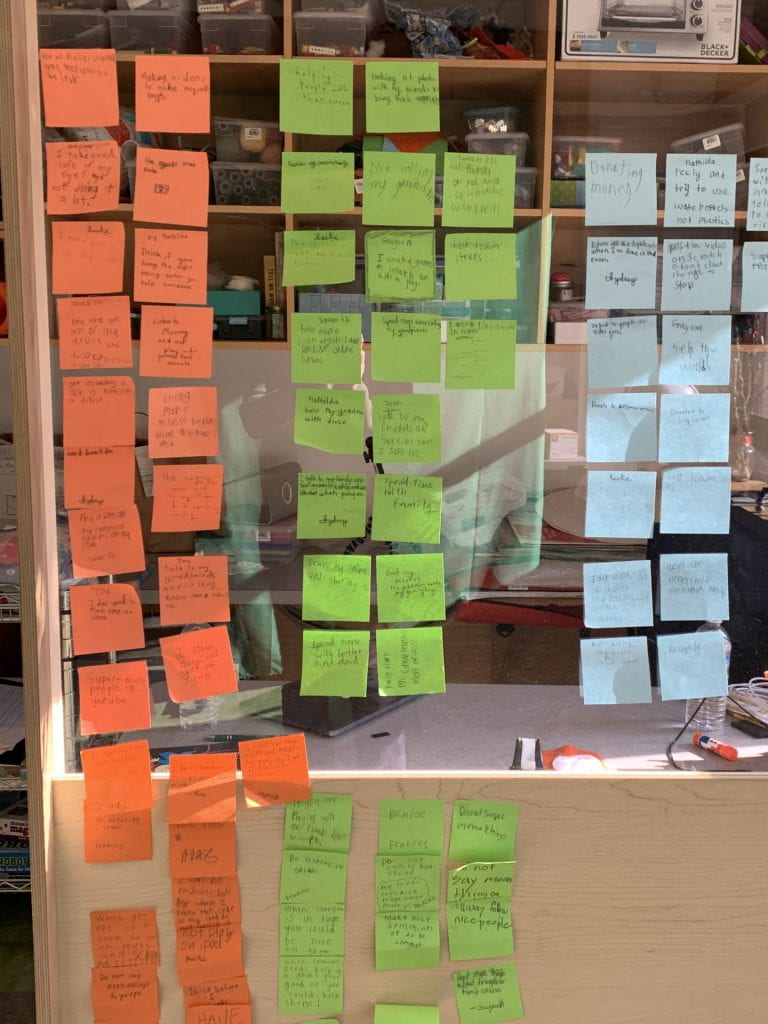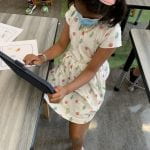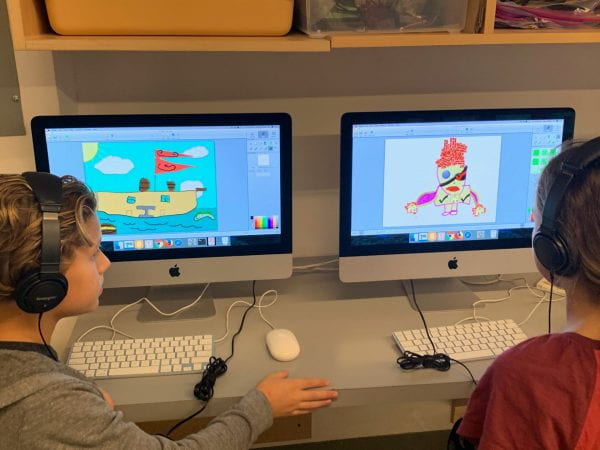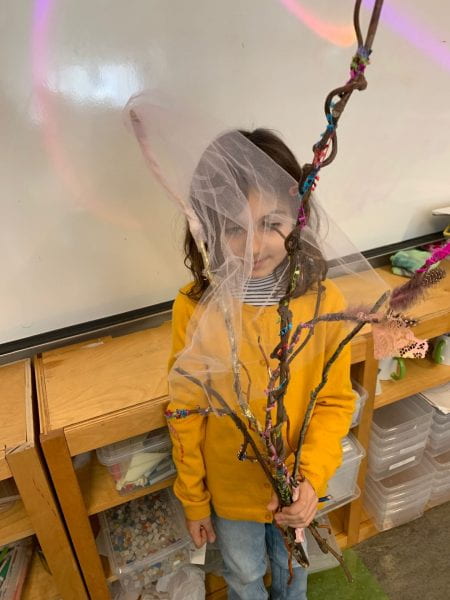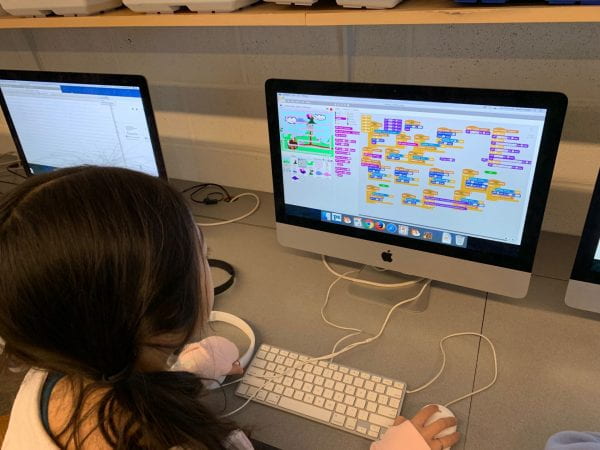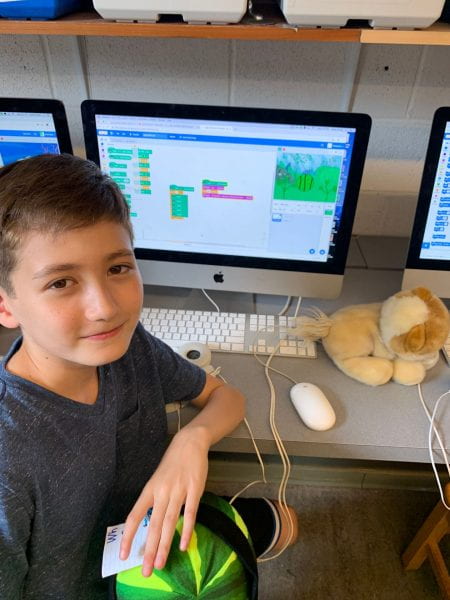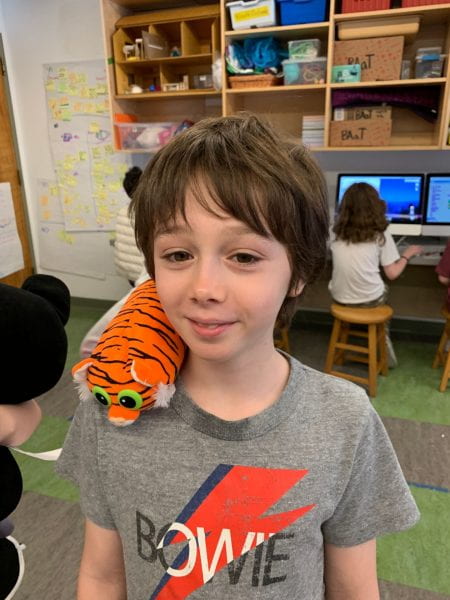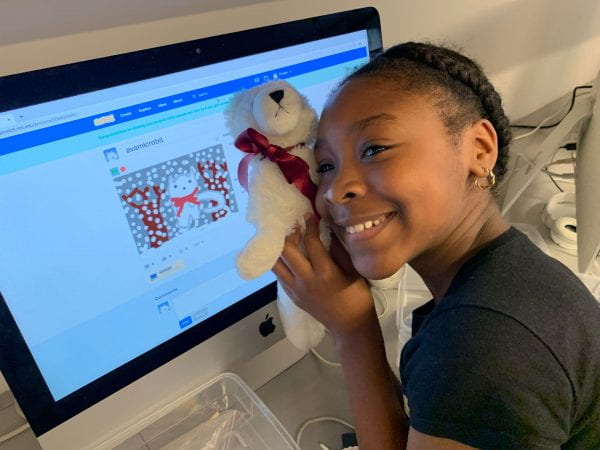Students in Third Grade have Tech Class first semester. Starting in January, Fourth Graders will have Tech class for the rest of the year. The 70 minute classes are once a week.
So far, spending over an hour each week with Third and the Fourth Graders in their pods has been a wonderful opportunity to support children as they learn classroom technology. In the separate DLOP section, I try to make sure they are comfortable with the technology they need to connect with their homeroom friends and teachers and learn along with them. In all the Tech classes, I also provide ample opportunities for your children to explore programming, graphics, and data science through playful activities that build problem solving and computational thinking skills.
What’s Different this Year?
Class Size
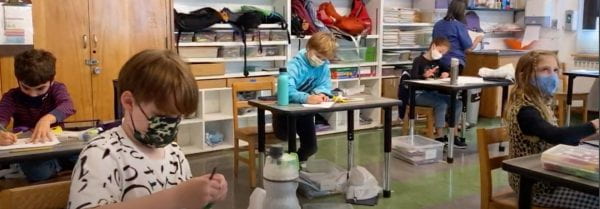
These classes are smaller. Over the past nine years at Friends, I’ve had 18-20 students in my classes. Though I had the mechanics of 18 students down, the smaller size and calm environment provides more opportunities to work one-on-one with students, helping them overcome tech glitches and to encouraging them to find creative solutions to problems
iPads instead of Computers
We are using iPads rather than computers of our makerspace. Scratch works well on iPads, making it possible to explore many, if not all of the developmentally appropriate coding concepts I’ve taught with computers in a dedicated space.
Greater Integration of Technology throughout the Curriculum
Yet another change is that this year’s Third Graders are hitting the ground running with tools they need for their homeroom and tech class work. For example, in year’s past it took longer for all the students to get to know their Google usernames and passwords. This practice in the homerooms is freeing us up to explore computational thinking with Scratch earlier than I anticipated.
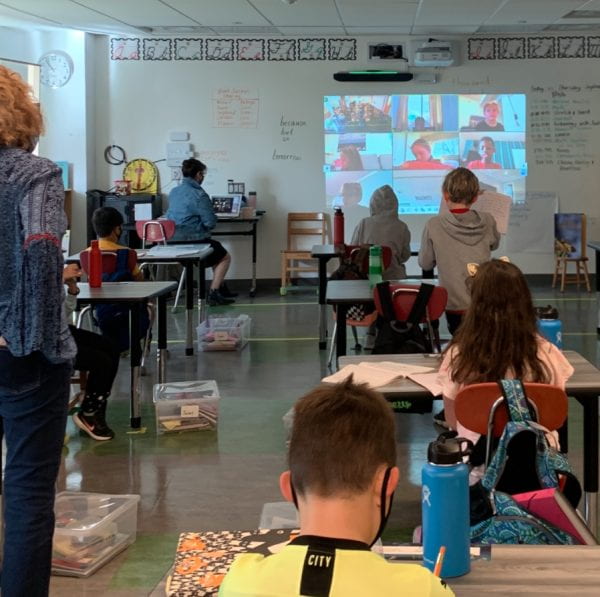
New Ways to Share and Collaborate
Necessity brings about innovation. Social distancing means that we need to find new ways to share and collaborate. We can’t rush over to one another to share discoveries or provide assistance the way we used to. Now with the new polycom cameras, zoom and airplay technology, students can share their digital work or a photo of their work by hand. They love seeing their art and their projects displayed at the front of the room or on Zoom.
Finding Safe Connections with Buddies during this Unusual Year
The buddy program has been a big part of Third and Fourth Grade. The portion of that program that I have been responsible for, something called robot buddy time, is when Third and Fourth graders teach their kindergarten buddies about the Beebot and Bluebot robots and ScratchJr. What better way is there to reinforce understanding than to know you have to consolidate your understanding and teach someone else? Last year the Third Graders did send letters to their kindergarten buddies and they wrote back. This year, we’ll find new ways for Third Graders to teach their buddies about programming.
What Has Stayed the Same?
Digital Citizenship
How our students interact with devices, with one another and the broader community is as important as ever. Our Digital Citizenship Guide, located on the Friends website, still holds up. It’s infused with Quaker principles. We will also have discussions in which children bring to light specialist
Art as a Pathway into Programming
Over many years the curriculum I’ve developed has been infused with art. Perhaps this because I have an art background. It is also because I want the programming to be accessible to all the children. If learners create a character that they then code then they become more engaged in their work. It’s also a lot more fun to look at. This is a way of leveling the playing field and allowing all the children, whether or not they have a programming background or their parents are in tech, to do well. I have been teaching programming for so long I am also able to provide those students who come to class with some knowledge of programming opportunities to extend their learning.
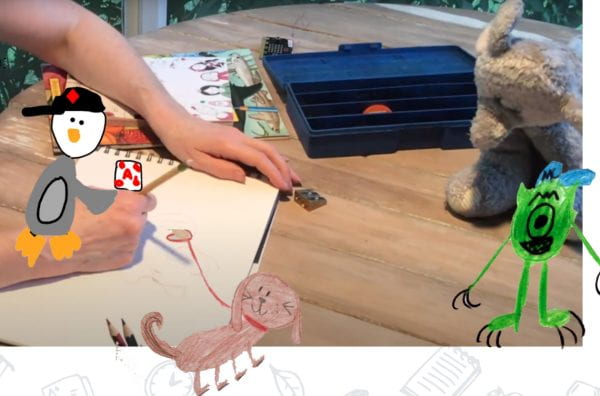
Drawing isn’t easy for everyone. For those who would like more support, I have wonderful books about how to draw characters and animals. In Google Classroom, I have scanned in pages from these books or provided links for comparable resources. Of course there are children who love to draw from their imagination. However they get their characters in as long as they are original, they come together and form a team in the digital sphere.
Teamwork
Working as a team is another part of technology class that has not changed. We just need to find new ways to do make it work.
For example we can share a spreadsheet in Google Classroom in students type in challenges they are encountering in coding. This is a good place to find others who may be able to help. When they help each other, they grow strong.
Programming Concepts
Below are some of the concepts that Third Graders will be learning as they embark on their first major programming project. I’ll update the list soon with skills that are particular to the Fourth Grade maze game project that this year will happen in the winter.
If statements are important because the characters come together and only if they are a certain distance apart do they begin to talk. It used to be that they almost touched each other but maybe that distance will change this year for obvious reasons.
There’s math in context, x, y , percentages and angles that are Traditionally taught later but if they are they are exposed to these ideas in this playful way then when they learn about them later they’ll be able to reflect back and it will make more sense.
There is importance in labeling.
Broadcast messaging is when the two sprites send messages to one another and therefore. can be more interactive.
Throughout the curriculum I emphasize the importance of debugging and how mistakes are really important. If you persevere you learn from those mistakes and it’s all part of the process.
Data Science
This year I am also going to reinvigorate the data science portion of the curriculum that I’ve built over the years. It’s so critical that our students know how to gather data, look at it, consider privacy issues, and be able to back up their assertions with facts.
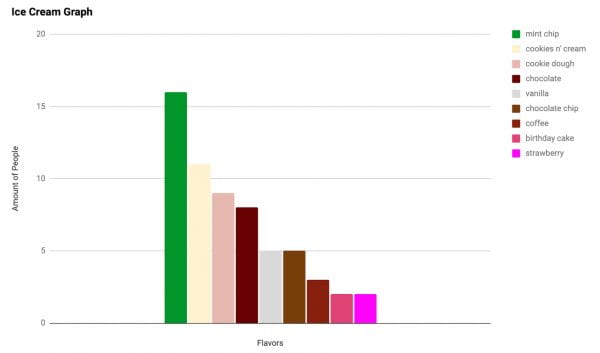
Examples of Scratch Projects
Here is an example of Scratch project that I provided as an initial playground for the Third Graders . The students photographed their work and uploaded the pictures into Google Classroom. I created this sample with many different characters from students in Courtney and Jennifer’s class. Students are making copies of it and using it to explore basic Scratch commands.
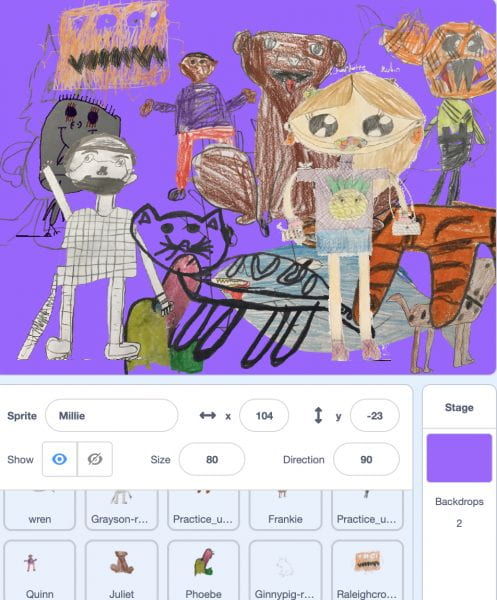
A Third Grade Scratch Project
A Fourth Grade Maze Game
Friends Dance Party
And that’s about it for now friends. I’m excited about getting to know you children better and working with them for Third Grade and also Fourth Grade.
































